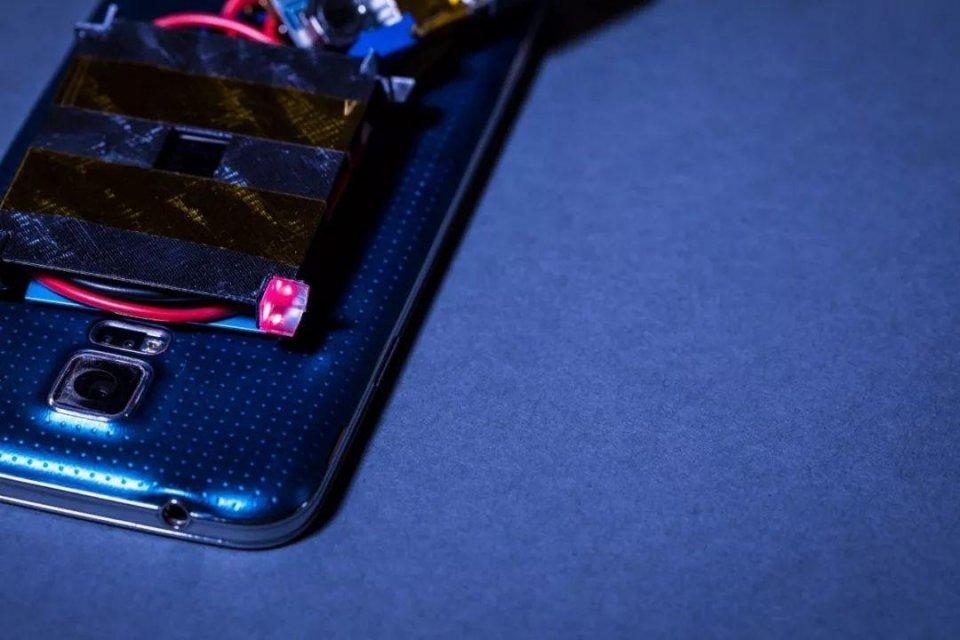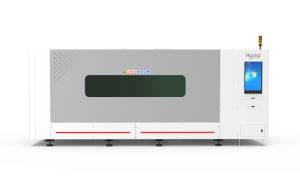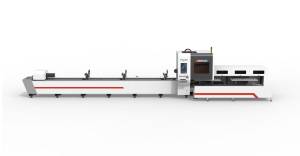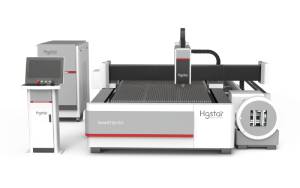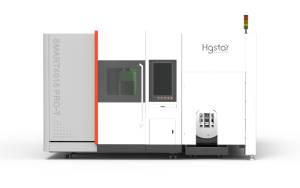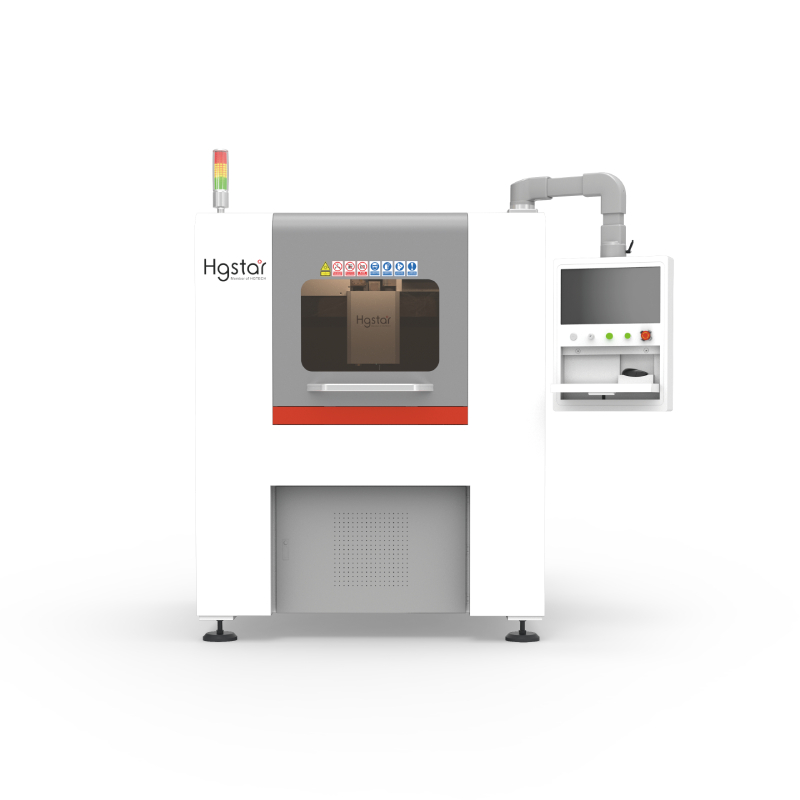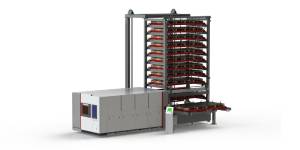According to the report of Nikkei Sangyo Shimbun on July 10, Tokyo Institute of Technology and other institutions are vigorously developing the “optical wireless charging” technology based on laser. By shining a laser on an object, light energy can be converted into electrical energy. This not only saves the trouble of configuring charging cables for mobile phones and home appliances, but also allows electric vehicles (EVs) to charge without stopping. This kind of life away from charging lines may be achieved by 2050.
The principle of laser charging is very simple: using electrical energy to emit a laser, the object irradiated by the laser is then converted into electrical energy through a power generation board. Miyamoto Zhizhi, an associate professor at Tokyo Institute of Technology, said that if laser charging can solve the efficiency and safety problems, it can be put into practical use as soon as possible.
Miyamoto’s team is already able to use lasers to deliver around 10 watts of current. They can also use this to manipulate the radio control system and use lasers on the ground to keep the drone in a stagnant state. In addition, their technology is not hindered by water, so they can also charge underwater drones.
At present, most of the more common wireless charging technologies use the principle of electromagnetic induction, which uses the magnetic field generated after the coil is energized to transmit electrical energy. Wireless charging of mobile phones is a practical case. Although the charging efficiency of this method is as high as about 90%, the distance between the phone and the charger must be kept within a few centimeters.
In the case of long distances, microwave wireless charging is more favored. This technology requires the use of electromagnetic waves of specific wavelengths. However, in the case of long-distance charging, the transmission efficiency will decline significantly with the increase of distance, and it is difficult to carry out high-power transmission. In addition, electromagnetic waves can also cause noise on the receiving machine, which can easily cause malfunctions.
When laser is used for long-distance power transmission, its energy conversion rate can be maintained at around 50%. Laser is widely regarded as a technological means to achieve long-distance high-power wireless charging.
However, this charging method is not flawless, and safety issues are tricky. Due to the high power of the laser, it can be very dangerous if it strikes the human body. It is necessary to ensure that it is used in an unmanned environment or to strictly manage the entry and exit of personnel in relevant places.
Miyamoto said that the laser charging technology could first be tested on unmanned warehouse sensors and automatic Cart (AGV). Unmanned warehouse sensors are installed in various corners of the warehouse, and some can also move freely within the warehouse, emitting lasers from the top of the warehouse to continuously charge them. It is expected that this technology will be put into practical use around 2030.
Researchers also attempted to charge household appliances and mobile phones in the presence of people. They use cameras and other components to determine the position of people, and once someone approaches, they stop emitting lasers to ensure safety. With this technology, electric vehicles can be continuously charged with high power using lasers to keep them running.
Overseas, startups in this field have been established one after another.
PowerLight Technologies of the United States and Ericsson of Sweden jointly carried out an empirical experiment on laser Wireless power transfer for 5G base stations. Israel’s Wi Charge company is developing wireless charging technology for IoT devices.
Miyamoto said that in contrast, Japan has made almost no actual progress, but there are more and more companies interested in this field. Miyamoto and others are striving to promote information sharing through relevant seminars.
Previously, lasers were not only used in information and communication fields such as fiber optics, but also in the production of memories such as CDs and DVDs. People also use the characteristics of laser focusing to generate heat to process metals, which is indispensable for industry.
Laser technology is also gradually emerging in the fields of facial recognition and autonomous driving. The facial recognition function of mobile phones uses infrared laser irradiation to obtain three-dimensional features on the face, in order to determine whether the user is the owner of the device.
Cars can use lasers to illuminate the surrounding environment in autonomous driving mode to determine the shape and position of obstacles.
The application scenarios of lasers will continue to increase. Some people try to use it for Nuclear fusion power generation by taking advantage of its high energy. Focusing high power laser at a point, Nuclear fusion reaction can be promoted by compression and heating under high density conditions. Startups in various countries are actively engaged in related research and development activities.
In the agricultural field, laser can be used to monitor plant growth and soil conditions, and can also be used to weed and kill insects, so as to reduce the use of pesticides and realize an unmanned Plant factory.
In the future, lasers will also showcase their abilities in multiple fields.
